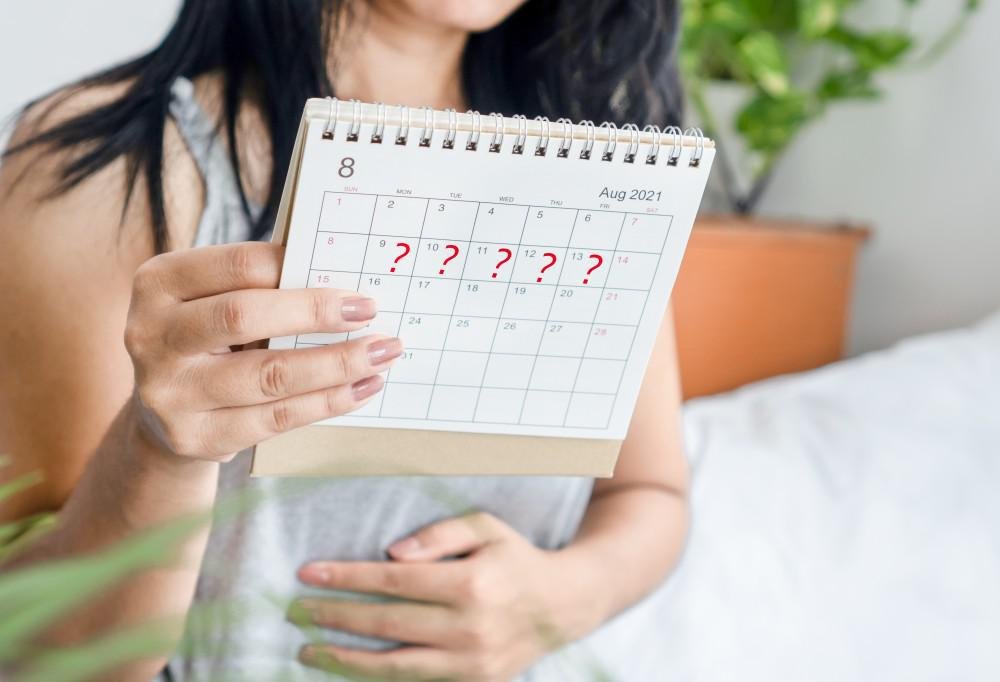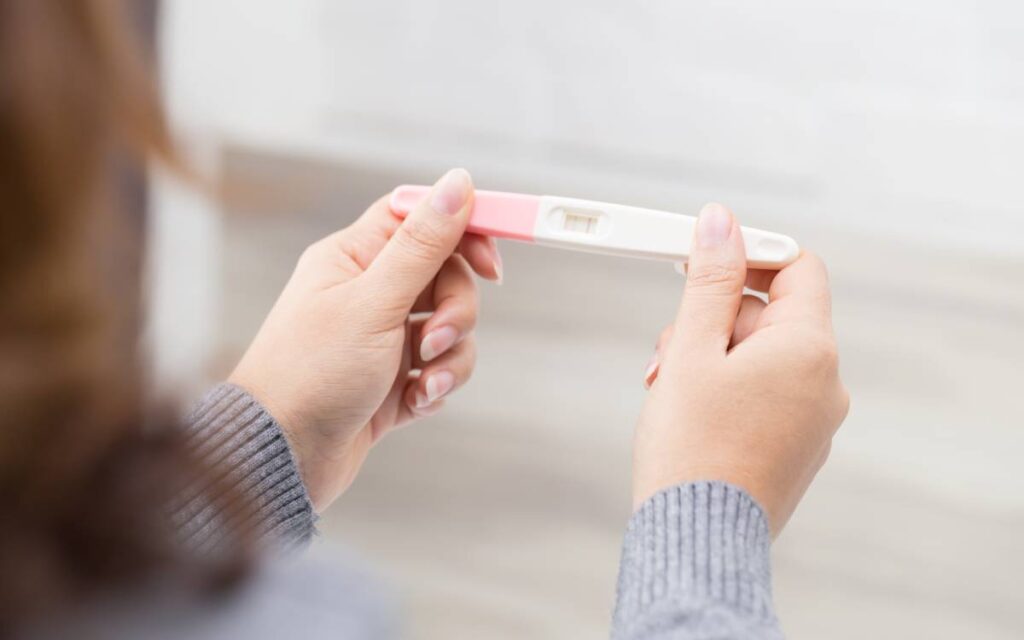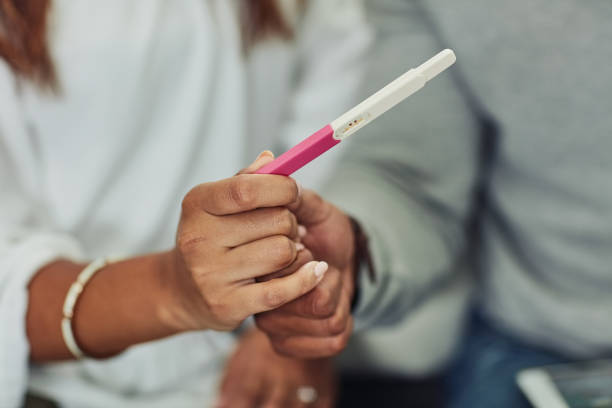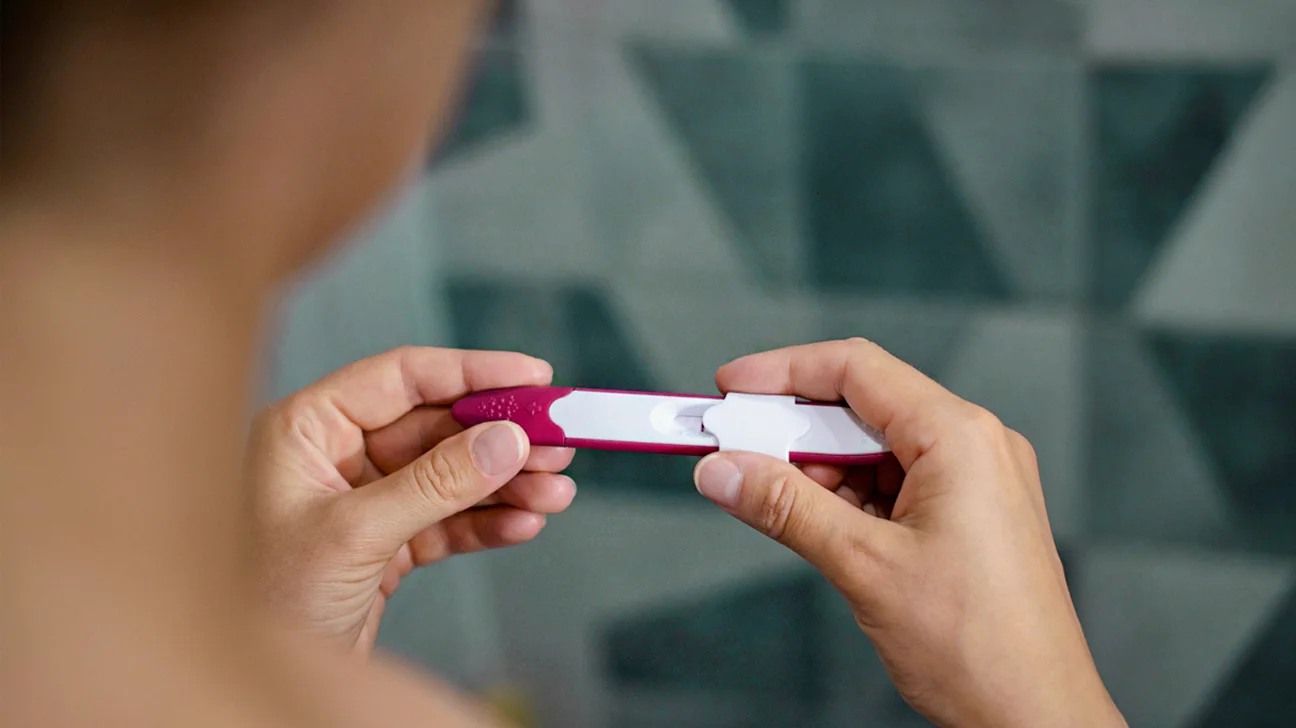Tracking ovulation is essential for individuals trying to conceive or better understand their menstrual cycle. Ovulation tests help detect the surge in luteinizing hormone (LH), which signals that ovulation is about to occur. However, knowing the right time to start testing after your period can be confusing, as it depends on your cycle length and personal hormonal patterns.
Recommended: Do Ovulation Tests Get Darker After 5 Minutes?
In this guide, we’ll explore when to take ovulation tests, how they work, and tips for getting the most accurate results.
Understanding Your Menstrual Cycle
The menstrual cycle is a hormonally regulated process that usually lasts between 21 and 35 days. It consists of four main phases. The menstrual phase marks the beginning of the cycle, during which the uterine lining sheds, leading to menstruation. Following this, the follicular phase begins, where rising estrogen levels stimulate the development of ovarian follicles in preparation for ovulation.

Around the middle of the cycle, typically on day 14 in a 28-day cycle, ovulation occurs as a surge in luteinizing hormone (LH) triggers the release of a mature egg, making this the most fertile period. The luteal phase follows, during which the body prepares for pregnancy. If fertilization does not take place, progesterone levels drop, leading to the start of a new cycle. Understanding these phases is crucial for determining the best time to take ovulation tests and track fertility effectively.
Recommended: Does Ovulation Make You Emotional?
How Ovulation Tests Work
Ovulation tests, also known as ovulation predictor kits (OPKs), help identify the most fertile days in a woman’s cycle by detecting hormonal changes that signal impending ovulation. These tests primarily measure luteinizing hormone (LH), which surges 24 to 36 hours before the ovary releases an egg. Some advanced tests may also detect estrogen, which rises a few days before ovulation, providing a broader fertility window.
Types of Ovulation Tests:
- Urine-based OPKs: These are the most common and work similarly to pregnancy tests. A test strip is dipped into urine, and a positive result means a high chance of ovulation within the next one to two days.
- Saliva-based tests: These use a mini microscope to analyze dried saliva patterns, which change due to increased estrogen levels before ovulation.
How to Use Ovulation Tests Effectively:
- Test at the same time each day, preferably in the afternoon, as LH levels tend to rise later in the day.
- Reduce fluid intake for a few hours before testing to avoid diluting LH concentration in urine.
- Begin testing a few days before expected ovulation, typically around day 10-12 in a 28-day cycle.
- A positive result means ovulation is likely within 12-36 hours, making it the best time to try for pregnancy.
Recommended: Does Ovulation Make You Tired?
Tracking ovulation with OPKs can help those trying to conceive pinpoint their most fertile days and increase their chances of success.
When to Start Testing After Your Period
The best time to begin ovulation testing depends on your menstrual cycle length. Since ovulation typically occurs mid-cycle, ovulation test kits detect the surge in luteinizing hormone (LH) that happens 24-36 hours before ovulation. Testing at the right time helps identify your most fertile days.
Recommended: Does Female Masturbation Affect Ovulation?
For a regular 28-day cycle, ovulation usually happens around day 14, so testing should start around day 10-12. If you have a shorter cycle (21-25 days), testing may need to start as early as day 7-9 since ovulation happens sooner. Those with longer cycles (30-35 days) should begin testing around day 12-16, as ovulation may be delayed. For irregular cycles, tracking past cycle lengths and estimating ovulation based on previous patterns can help determine when to start testing. In such cases, it may be necessary to test for multiple days to detect the LH surge.

To improve accuracy, test at the same time each day, preferably in the afternoon, since LH levels peak during this time. Avoid excessive fluid intake 1-2 hours before testing to prevent dilution of urine, which can affect results. If cycle length is uncertain, combining ovulation tests with other tracking methods like cervical mucus monitoring or basal body temperature (BBT) can provide more reliable predictions.
How Often Should You Test?
The frequency of ovulation testing depends on cycle regularity and how quickly the LH surge is detected. Since the LH surge lasts for about 12-48 hours, testing consistently ensures you don’t miss your fertile window.
For regular cycles, testing once per day starting a few days before expected ovulation is usually enough. However, for those with short or irregular cycles, testing twice a day (morning and afternoon) may be more effective to catch a short-lived surge.
If you are unsure of your cycle length, it’s best to test for several consecutive days leading up to ovulation. Once you get a positive result, it indicates ovulation is likely to happen within the next 24-36 hours, so additional testing is unnecessary.
Recommended: What Does an Invalid Pregnancy Test Mean?
Using ovulation tests alongside other fertility tracking methods, such as cervical mucus changes or basal body temperature (BBT) charting, can improve accuracy in predicting ovulation.
Factors That Can Affect Ovulation and Test Accuracy
Several factors can influence ovulation and the accuracy of ovulation tests, leading to false positives, false negatives, or delayed results. Understanding these factors can help you interpret your test results more effectively.
- Irregular Cycles: Women with PCOS, thyroid disorders, or hormonal imbalances may have unpredictable ovulation, making it harder to determine the right time to test.
- Stress and Lifestyle: High stress levels, excessive exercise, sudden weight changes, and poor diet can delay or prevent ovulation, affecting test accuracy.
- Medications and Medical Conditions: Certain fertility treatments, birth control, and hormonal medications can interfere with LH levels and test results. Clomid, for example, may cause false positives.
- Testing Time and Hydration: Taking a test at the wrong time of day or drinking too much fluid beforehand can dilute urine and lead to inaccurate results. Testing between 10 a.m. and 8 p.m. is recommended for best accuracy.

- Short LH Surges: Some women experience a very short LH surge (less than 12 hours), which means testing only once per day could cause a missed peak.
Recommended: Does Ovulation Make You Sleepy?
For the most accurate results, track your cycle carefully and consider combining ovulation tests with other methods like basal body temperature (BBT) tracking or cervical mucus observation.
Common Mistakes and How to Avoid Them
When using ovulation tests, simple mistakes can lead to inaccurate results, making it harder to predict your fertile window. Here are some common errors and how to prevent them:
- Testing Too Early or Too Late: If you start testing too soon, you may miss your LH surge, and if you start too late, you might not catch it at all. Solution: Track your cycle and start testing a few days before your expected ovulation.
- Testing at the Wrong Time of Day: Unlike pregnancy tests, ovulation tests are most accurate when taken in the afternoon or early evening. Solution: Test between 10 a.m. and 8 p.m., as LH levels tend to rise during the day.
- Drinking Too Much Water Before Testing: Excess fluid intake can dilute LH levels in your urine, leading to false negatives. Solution: Limit fluid intake for at least 2 hours before testing.
- Not Testing Consistently: If you test only once a day, you might miss a short LH surge. Solution: If your LH surge is short, test twice a day (morning and evening) to improve accuracy.
- Misinterpreting Faint Test Lines: Unlike pregnancy tests, ovulation test lines must be as dark or darker than the control line to be positive. Solution: Always compare test results carefully and follow the instructions on your specific test kit.
- Ignoring Other Ovulation Signs: Relying only on ovulation tests without considering other signs like cervical mucus changes, basal body temperature, or ovulation pain may lead to confusion. Solution: Combine ovulation tests with other fertility tracking methods for better accuracy.
Recommended: What Happens If You Ovulate Before Trigger Shot?
By avoiding these mistakes, you can increase your chances of accurately predicting ovulation and improve your chances of conception.
Conclusion
Ovulation tests are a valuable tool for tracking your fertile window and improving your chances of conception. Understanding how and when to use them correctly can help you get accurate results and avoid common mistakes. Since factors like cycle irregularities, hormone levels, and testing errors can affect accuracy, it’s important to use ovulation tests consistently and in combination with other fertility signs like cervical mucus and basal body temperature. By following best practices and staying informed, you can maximize the effectiveness of ovulation testing and increase your chances of successfully predicting ovulation.
